ABOUT JORGE MENDEZ BLAKE
Born in 1974 in Guadalajara, México.
Lives and works in Guadalajara.

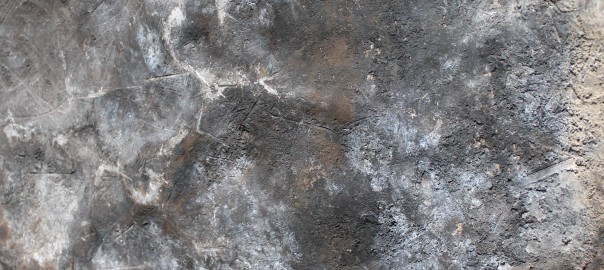
MAHA MALLUH
FOOD FOR THOUGHT ‘Almuallaqat’ 2014
maha malluh is a saudi artist, born in the traditional region of najd, who explores the challenges of modernity that have come so overwhelmingly to saudi arabia. she has exhibited since 1976 and has in later years acquired a BA in english literature and a californian certificate in design and photography. continuous in her artwork, that started with collages and developed into photograms, is her use of symbolic and real imagery to express her opinion about life in saudi arabia.
seen at Art Basel Unlimited via GALERIE KRINZINGER (Vienna, Austria)
“Used aluminium cooking pots from around Saudi Arabia. Sizes vary from pots that fit a leg of lamb to those that fit three camels.
Arab culture is a predominantly literary one, with the Spoken Word being an intrinsic part of the Arab cultural mindset. From the dawn of Arab history and civilization, the oral literature of the region has dominated the cultural scene. It is the pride of every Arab. This is not to say that the visual culture was not important, yet it did not have the same value as the Spoken Word.
As I am interested in the visual culture of our region, and the immense impact globalization has had and is still having on our part of the world, I often find myself contemplating these very significant issues.
To try and come to terms with this shift, from primarily oral to visual culture, which has also come with the rise of the museum institutions, art galleries and fairs in the past decade, this works attempts to create a platform where the literary and the visual are both celebrated and hung.
Old aluminium pots, these ones here which have come from various flea markets around Saudi Arabia, have been used throughout history by Arabs both at home in urban areas, in Bedouin tents, and also more recently in restaurants, as cooking vessels. The sizes of these pots vary, with some able to hold as much as 3 camels. As such these pots held one of the most prized animals of the desert, the camel, in order to feed guests and customers. But with food comes other narratives, other stories, other histories, histories of travel, or adventure, of change, anecdotes and comic tales which people discuss over food. These pots are therefore a celebration of Arab history, of Arab traditions of hospitality as well as of a visual reproduction of personal histories.
The title of this work, is Food for Thought ‘Al-Muallaqat’, a reference to the great muallaqat, or ‘Hanging Odes’, canonical Arabic poems by great pre-Islamic or jahili poets from Arabia that once were hanging on the Ka’ba in Mecca. Unfortunately, these canonical Arabic poems are studied and read as being part of a lost heritage, a past golden age which bears to reflection on our modern realities as Saudi Arabians. This is also met with astonishing records as to the percentage of the reading public in the Arab world.
Thus, what this work calls out for is a reconnection with our literary heritage, but using the visual medium to do so in order to communicate with the rest of the world. Therefore, these hanging pots are both a salute to our literary heritage, as well as being a testament to our current need for everything visual. These pots speak of our revived archaeological search for our visual heritage, our culture that has been in the shadows of our literary heritage for so long. Without dismissing the significance and aesthetic beauty of the original muallaqat, this work both acknowledges the position poetry has in Arab culture and heritage, whilst simultaneously allowing for an engaging visual dialogue with the remainder of the world.”
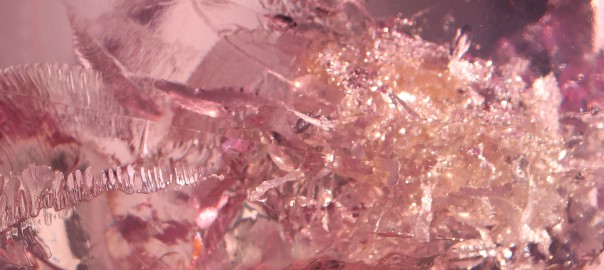
I visited Design Miami Basel and I absolutely fell in love with the pieces by TOM PRICE at the Victor Hunt Designart Dealers booth. I took so many photos of his work and I decided to share as many as possible with you. in fact I have to say that I actually like (my) photos a lot better than the actual poles. I dont like the shape of the work but I am very much fascinated by the inside and all the amazing encounters of different colors and materials.
synthesis is the study of a dialogue between two contrasting materials – resin and tar – and their negotiation for space and identity when forced to become a single unified entity. petal-like cracks and fissures formed through a careful manipulation of the catalysing process of the resin cluster and interact with amorphous invasive bodies of tar, which loom – apparently suspended in space. the tar initially appears densely black, almost light-absorbent, but upon closer inspection, a network of fine green vapour trails can be seen drifting from a surface partially melted by the exothermic reaction of the curing resin. as the tar heats it expands, searching for pathways within the resin and rushes to claim open fissures, creating wafer thin golden slivers of coral-like protuberances. the effects of the synthesis of these two disparate elements – one black and dense; the other clear and liquid – results in a riot of colour and explosive formations that engage on both a macro and micro level.
MORE ABOUT TOM PRICE here <<
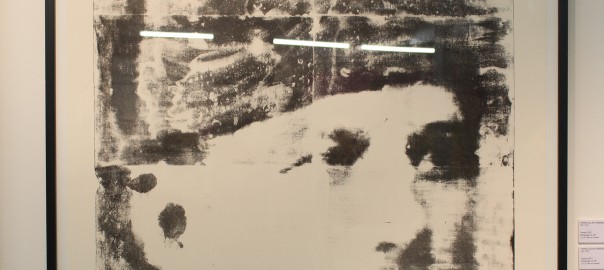
THOREAU (henry david thoreau, 1817-1862)
american philosopher, poet, political dissident, man of nature etc.
TURGENEV (ivan sergeyevich turgenev, 1818-1883)
russian writer and hunter.
BOGANIS (wilhelm dinesen 1845-1895)
danish officer, hunter, writer and politician. boganis was a pseudonym, which dinesen got from an american indian tribe at mole lake wisconsin in the years 1871-72.
HOW IS IT DONE
“printing, then copying and scanning digital images until a point where I felt that they possesed a certain graphic look, I wanted. the end result is then scanned at a very high resolution, printed by laser printing in an A3 size, the largest format available at the time , and later transferred to the lithographic stone by rubbing it with acetone. the back of the paper is slightly moistened with acetone, which releases the tones to get stuck on the stone, and finally it is possible to print it in the classic lithographic manner.”
SPECTA GALLERY
COPENHAGEN DENMARK
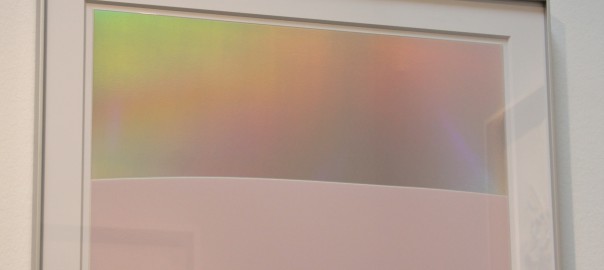
BACKSLASH GALLERY PARIS
exhibited artists
Charlotte Charbonnel
Rero
Sergen Sehitoglu
Boris Tellegen
Xavier Theunis
Michael Zelehoski
Jules & Pierre
France Bizot
Fahamu Pecou
Luc Schuhmacher
Clemens Wolf
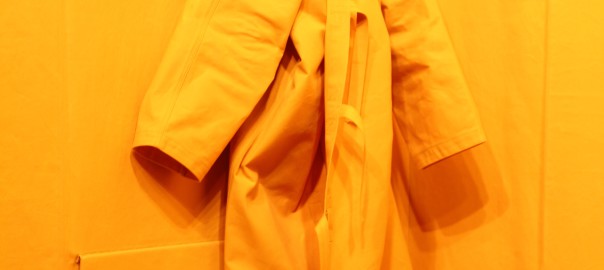
FRANZ ERHARD WALTHER
WALLFORMATION GELBMODELLIERUNG 1980/81
Franz Erhard Walther is widely recognized as an originator of participatory art. Since the 1960s, he has conceived of his canvas sculptures as “instruments”, and has placed the viewer in a critical role: only when the objecs are used, in ways appointed by the artist, are they completed. Unlikely many other artists following his lead in creating sculptures for the viewers to handle and animate, Walther is not motivated by spectacle, humor, or the nature of performance, but rather the meditative and contemplative possibilities of the experience.
Wallformation Gelbmodellierung will be exhibited together with historical photos of the complete sequence of the action. The work has not been on view since 1989.
The largest of Walthers series of Wallformations, it is all at once an image. a sculpture, an action, and an architectural space. While the physical articulation of the piece has been documented, the viewers own conception of how it might have been realized is also very much a part of it. As Walther likes to say, “Pictures are in your head”. The work-activation can be imagined, or in the physical activation real time is articulated and made into a concrete material.
MY FASHION INTERPRETATION
this piece screams: I AM CAUGHT IN YELLOW. I wanted to wear something according to the feeling I got from looking at this art piece inside ART UNLIMITED. it feels like a uni colored outfit on a person that only moves on a yellow line.
outfit
skirt FIZZEN BASEL
top SISLEY
shoes MAX SHOES
hairband PRESENT by friends
about the artist and project
artist FRANZ ERHARD WALTHER
born 1939, Fulda, Germany lives and works in Fulda, Germany.
project Wallformation Gelbmodellierung, 1980, 81
sewn dyed canvas coat, a canvas coat in two party and a canvas suit in two parts, each fixed with laces and bands.
Gallery PETER FREEMAN, Inc., New York, USA
Gallery SKOPIA P.H. Jaccaud, Geneve, Switzerland
Gallery Joecelyn Wolff, Paris, France

thank you Yousef for taking the photos. X